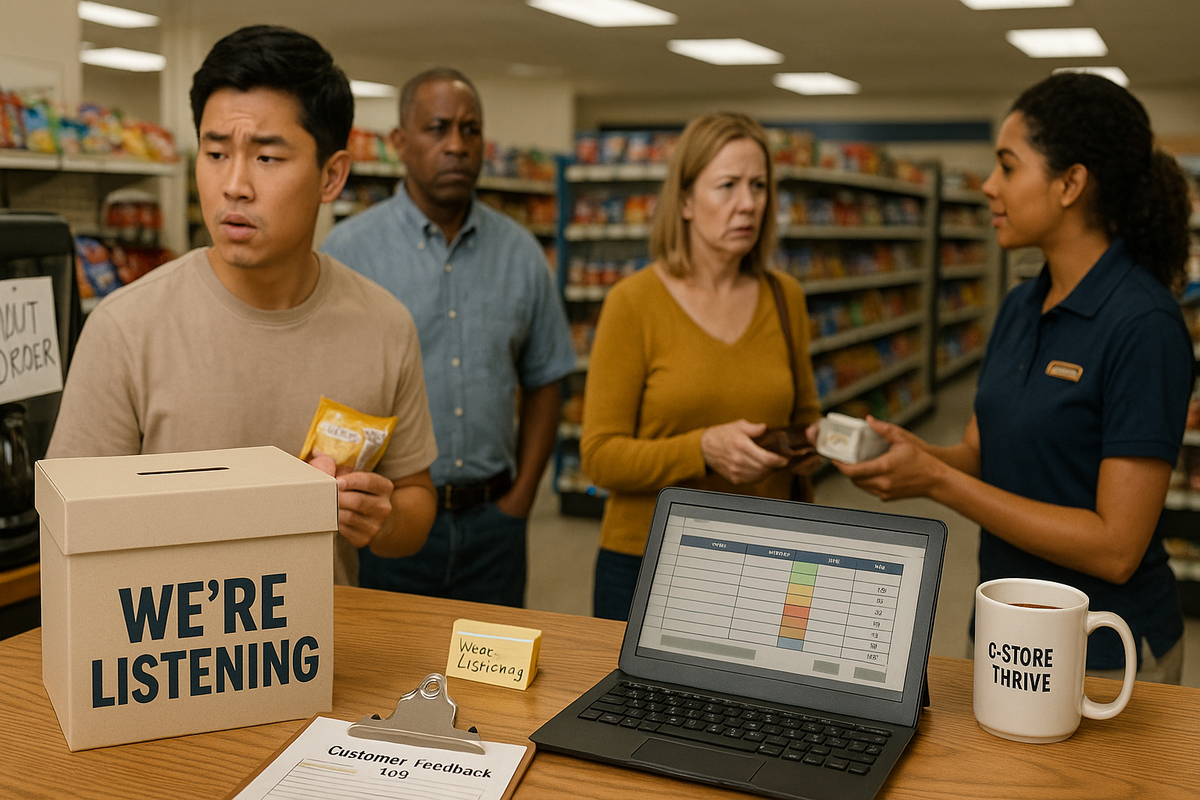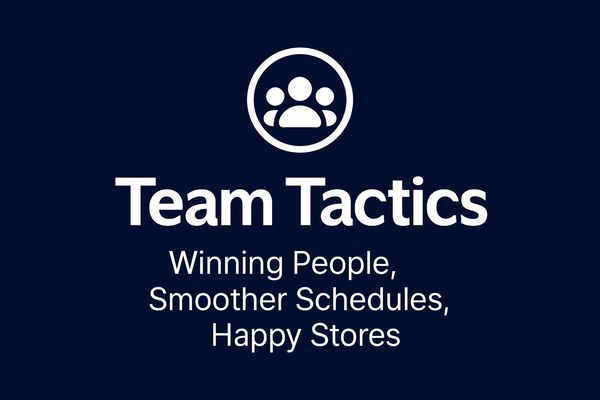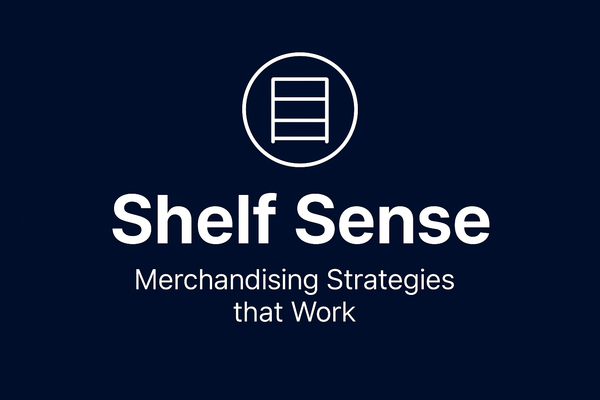The Most Common Customer Complaints in Convenience Stores
Understanding customer complaint patterns helps convenience store associates prevent problems and maintain positive experiences. The top 5 complaints - pricing issues, wait times, product availability, equipment problems, and cleanliness - account for 78% of all customer service issues.

Understanding customer complaint patterns enables convenience store associates to anticipate problems, prevent escalation, and maintain positive shopping experiences that build loyalty and reduce stress. Industry data shows that addressing common complaints proactively can reduce negative feedback by up to 65 percent while improving overall customer satisfaction scores.
"Once I understood the five complaints we heard most often, I started catching problems before customers had to point them out," explains Brooklyn Martinez, who works at a high-traffic Survival Stop location. "Prevention beats damage control every time."
Research from the National Association of Convenience Stores identifies specific complaint categories that account for 78 percent of all customer service issues across the industry.
Pricing Confusion and Discrepancies
Price-related complaints top the list of customer frustrations, accounting for approximately 23 percent of all convenience store complaints. Customers become upset when shelf prices don't match register prices, promotional signs appear outdated, or fuel price displays show incorrect information.
Outdated price tags, forgotten sale promotions, and system glitches create immediate customer frustration that often escalates quickly. Associates who regularly verify pricing accuracy and promptly address discrepancies prevent minor issues from becoming major confrontations.
Sage Thompson, whose store implemented daily price audits, reports significant improvement. "We check our top 20 items every morning and our fuel prices three times daily. Those five minutes of prevention save hours of complaint handling."
Extended Wait Times
Long lines and slow service generate the second most frequent complaints, representing roughly 19 percent of customer feedback. During peak periods, understaffing or inefficient processes create bottlenecks that frustrate time-pressed customers.
Associates can minimize wait-time complaints by acknowledging customers immediately, communicating expected wait times, and moving efficiently through transactions without sacrificing accuracy. Simple phrases like "I'll be right with you" or "Sorry for the wait" often prevent frustration from building.
Product Availability Issues
Out-of-stock items and empty shelves trigger approximately 16 percent of customer complaints. Regular customers particularly notice when their preferred products become unavailable, viewing stockouts as service failures rather than supply challenges.
Proactive communication about popular items running low helps manage customer expectations while demonstrating attentiveness to their needs. Associates who suggest alternatives or provide restock timelines transform potentially negative experiences into positive interactions.
Camden Johnson, who works evening shifts, emphasizes proactive communication. "When I notice we're down to our last few energy drinks during afternoon rush, I mention it to customers early so they can grab what they want before we run out."
Equipment Malfunctions
Non-functioning equipment including lottery machines, card readers, coffee makers, and fuel pumps creates frustration that represents about 14 percent of complaints. Customers often blame associates for technical problems beyond their control.
Clear communication about equipment issues, estimated repair times, and alternative solutions helps customers understand situations while reducing personal frustration directed toward staff. Posting signs about known issues prevents repeated explanations.
Cleanliness and Maintenance Concerns
Restroom conditions, spilled products, overflowing trash, and general store appearance generate approximately 12 percent of customer complaints. These issues reflect negatively on overall store standards and create negative impressions that affect customer loyalty.
Regular monitoring and immediate attention to cleanliness issues prevent small problems from becoming complaint-worthy conditions. Associates who address spills, empty trash, and maintain restrooms demonstrate professional standards that customers appreciate.
River Patel, whose store consistently receives high cleanliness ratings, maintains a simple approach. "I do a quick walk-through every hour looking for anything that needs attention. Customers notice when we care about our store's appearance."
Service Attitude and Staff Behavior
Poor customer service, perceived rudeness, or inattentive staff behavior rounds out the top complaint categories at roughly 8 percent of issues. These complaints often have lasting impact on customer relationships and store reputation.
Professional greeting practices, attentive service, and genuine helpfulness prevent most service-related complaints while building positive customer relationships that generate loyalty and word-of-mouth recommendations.
Understanding common complaint patterns enables associates to address issues proactively rather than reactively, creating better customer experiences while reducing workplace stress and conflict.





